by Joel Tolman, Director of Impact & Engagement
[quote author=”- Common Ground Student”]I would love unfiltered Internet. I know that’s not really in the realm of reality right now. It would be a great way to teach the people at our school – the school that promotes responsibility and leadership – to stay on task and not keep staring at YouTube.”[/quote]
This fall, Common Ground High School entered the brave new world of one-to-one computing. For the first time, every student has access to a laptop or tablet both during the school day and at home.
This universal access to computers and the Internet has huge upsides. Teachers can assign homework that requires the computer without worrying about putting some students at a disadvantage. Google docs and online course management systems allow for much quicker feedback on student work, and much easier collaboration among students.
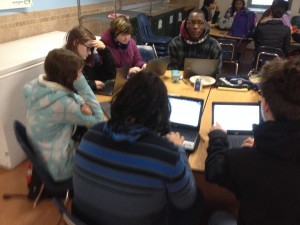
One to one computing at the breakfast table. How should Common Ground support appropriate use of the Internet, in and outside of school hours?
Perhaps most importantly, all students can now build their capacity to use the Internet as a tool for learning. “In a 21st century world, it’s all about whether students can access information, process it, and put it to work for them,” says Liz Cox, Common Ground’s school director. “In that sense, every step we’ve taken has been a step forward.”
But 24-7 access to the Internet — during classes, before and after school, in the middle of the night — also creates challenges for students, teachers, and families. For better and for worse, Common Ground’s monitoring capability means that we know when students are online, and what websites they are visiting. It’s clear that some of our students are sleeping a lot less, and watching a whole lot more YouTube, than seems productive or healthy to the adults who care about them.
“It opens up this door to the whole of the Internet,” says Liz Cox. “Schools, by law, have to filter Internet access. But we know that’s not enough. There are all kinds of freedom of information issues here that are important for kids to explore. Students need to learn how to make smart choices about how and when they they are online.”
Common Ground’s Solution: Student Voices & Leadership
Common Ground has lots of options as we figure out how to face this challenge. We could block all students’ access to sites, like YouTube, that they are overusing both during the school day and late into the night. Also, we cannot deny that YouTube can be a career now where people buy youtube views to get more views. We could hand out detentions to students who are misusing the technology. We could leave it up to parents and teachers to police students’ use of devices.
This fall, we’ve taken another route — and asked our students to help us tackle the challenge. As is almost always the case, encouraging our students to be leaders and problem-solvers has helped us name solutions and see sides of the issue we would not have considered on our own.
[button url=”/?p=8440″]Read students’ voices >>[/button]
Engaging students voices has netted some other important benefits, as well: It gives students a chance to build their muscle as argumentative writers and speakers — a major emphasis in the Common Core academic standards, and a skill we believe every young person needs. It provides practice on civic, productive, thoughtful dialog — an important feature of any healthy, positive school community. And it was itself a helpful step in building students’ capacity to use the Internet as a tool for learning.
Here’s how it’s working, in practice:
Step 1: Students explored a range of sources and points of view. They read articles from the New York Times and online news sources. They examined data on the amount of Common Ground’s network bandwidth taken up by students streaming YouTube. And they read opinions from members of their own community. “We heard from Melissa, our Executive Director,” explains Keith Lambert, the English teacher who created the benchmark. “We did interviews with a bunch of students, who had really interesting things to say. I thought it was really interesting to have local voices among the sources. I think that helped personalize it.”
Based on these sources, students shared initial reactions — and potential solutions — in writing, and in their guidance groups. They identified the proposals and points of view they thought were strongest, and agreed to share these ideas with the rest of the school community. Keith explains the upside of this approach: “It was nice to present an issue, and then say, ‘it’s a lot easier for the school to block YouTube altogether. If you have an alternative, present it, and explain why it’s a better plan.’”
Step 2: A town hall meeting gave the entire school community a chance to share their current thinking, hear from others, and practice civic discourse. A day after reading these articles, the entire student body gathered in Common Ground’s cafeteria for an exercise in direct democracy. Students stood to share their points of view — first arguments for restrictions on YouTube access, then arguments against, then proposals for changes in school policy that would address the challenge.
Brian Kelahan, the social studies teacher who had already helped lead three town hall meetings earlier in the school year, sees this approach as a natural fit for Common Ground. “We are so small, and a majority of our students are so invested in this place, that they want to speak for themselves rather than just elect representatives to speak on their behalf. We’ve been trying to focus all the town hall meeting on real, authentic, substantive issues that give students a chance to dig in.”
Step 3: Students put their ideas on paper — using multiple sources to make a compelling argument and propose potential solutions. With lots of data, expert voices, and school-wide dialog to draw on, students sat down to write argumentative essays. This writing served double duty: It was a way to gather all student voices, even those who hadn’t been able to speak up in the town hall. And it acted as a chance to build and test students’ skills as argumentative writers — something Common Ground does several times a year through school-wide benchmark assessments, used to place students in the right classes and measure their progress over time. Read more about our to benchmark assessments.
“The connection between the town hall and the benchmark was really deliberate,” explains Kelahan. “Could we come up with a topic for a benchmark that could be the focus of a town hall meeting? We wanted to give students a chance to flesh out their benchmark ideas, and also gather student voices on a topic that really matters.”
Step 4: As teachers grade the quality of students’ writing, they gather students’ perspectives and proposals. Within the next few days, Common Ground will have a tally of how many students support and oppose limits on access to certain web sites — and, just as importantly, a list of ideas for addressing this challenge. They will also have their finger on how well each of their students can express their arguments and synthesize multiple points of view — a critical piece of information going into second semester courses.
According to Keith Lambert, the experiment seemed to work. “During the Town Hall Meeting, it clicked: This is something that is really going to be taken into consideration. This is an action that is going to be made. We definitely got a lot more writing than before. Students were into it, because they knew their opinion mattered.”
Step 5: The school community comes together again to finalize the plan. Next up? The experiment in direct democracy continues, as students and staff gather to consider which proposals we should put into action.
Do you have a point of view or proposal that our students and staff should consider? Share your ideas below.

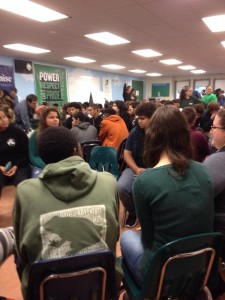

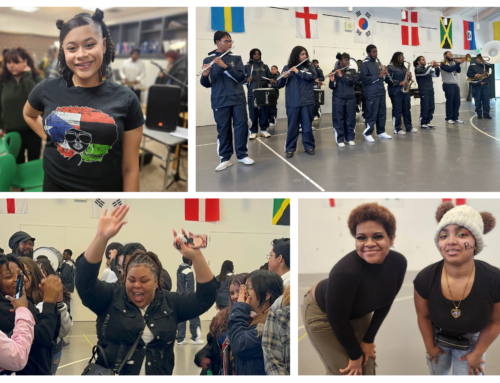
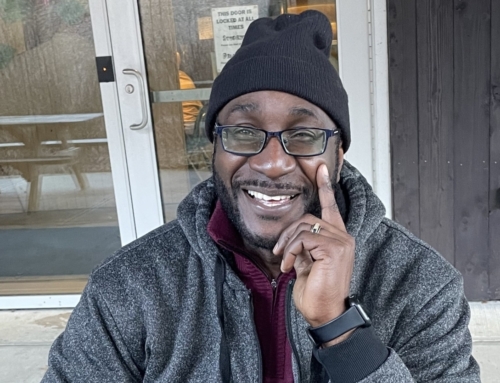
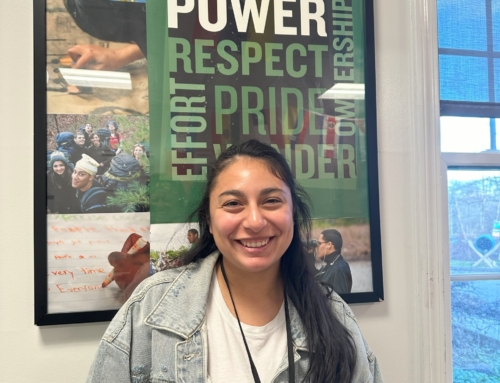
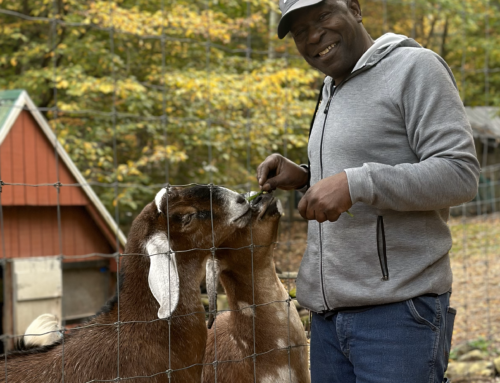
Leave A Comment